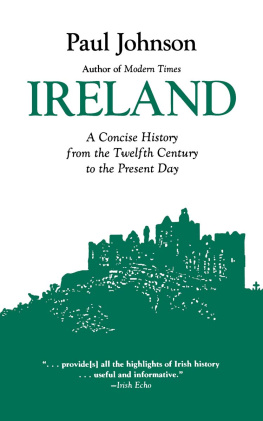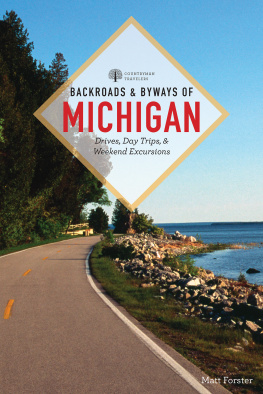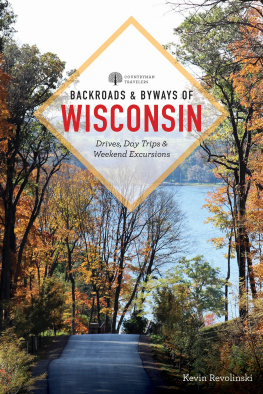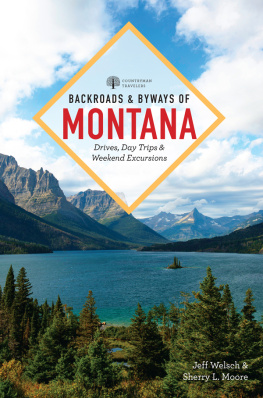(In certain versions of this etext [in certain browsers] clicking on the image will bring up a larger version.)
(etext transcriber's note) |
BYWAYS
IN
BRITISH ARCHAEOLOGY
CAMBRIDGE UNIVERSITY PRESS
London : FETTERLANE, E.C.
C. F. CLAY, Manager
Edinburgh : 100, Princes Street
Berlin : A. ASHER AND CO.
Leipzig : F. A. BROCKHAUS
New York : G. P. PUTNAMS SONS
Bombay and Calcutta : MACMILLAN AND CO., Ltd.
All rights reserved
BYWAYS
IN
BRITISH ARCHAEOLOGY
BY
WALTER JOHNSON, F.G.S.
AUTHOR OF FOLK-MEMORY, ETC.
Cambridge:
at the University Press
1912
Cambridge :
PRINTED BY JOHN CLAY, M.A.
AT THE UNIVERSITY PRESS
PREFACE
The following chapters, though superficially presenting the appearance of disconnected essays, really possess a strong bond of continuity. Running through the whole, implied, where not actually expressed, will be found an insistence on the principle which, in a former work, I ventured to call folk-memory. This folk-memoryunconsciously, for the most part, but sometimes with open ceremonykeeps alive those popular beliefs and practices which are individually called survivals. With some of these legacies from the past the present volume deals.
To a large extent the studies are connected with the church and churchyard. The sections which treat of pagan sites, orientation, and burial customs, embody the results of observations relating to some hundreds of buildings in all parts of England and Wales. The chapters on The Folk-Lore of the Cardinal Points and The Labourd Ox partially, at least, break virgin soil. In The Churchyard Yew are set down inferences drawn from many years of investigation, the literary side of which has been rendered difficult by the existence, in various modern works, of unfounded statements and hypothetical references. The remainder of the book treats of somewhat more familiar themes, though it is hoped that fresh outlooks are suggested.
Since some of the matters here brought forward have been, and indeed still are, provocative of keen, and even heated controversy, to anticipate agreement with all the conclusions would be sheer folly. Nevertheless, it may be claimed that the facts collected have been carefully sifted, the references conscientiously verified, and the opposing theories honestly presented.
To the multitude of friends who have rendered true service either by supplying information or in preparing the illustrations, most grateful thanks are expressed. Acknowledgements of all such help are recorded in due place, but special recognition must be made of the expert assistance of Mr Sydney Harrowing, who has borne the chief burden in illustrating the volume. To Miss Nora Mansell thanks are tendered for the drawing of Gumfreston church ( were photographed from a horseshoe lent by the Rev. Hastings M. Neville, B.A., of Ford, Northumberland.
Many of the photographs were taken by Mr Edward Yates, who allowed free choice to be made from his large collection, but the following ladies and gentlemen have also assisted: Mr O. F. Bailey, Mr Alexander Barbour, Mr J. G. V. Dawson, Mr E. W. Filkins, Miss Truda Hutchinson, Mrs W. Johnson, Mr A. L. Leach, F.G.S., Mr Douglas Leighton, Mr P. McIntyre, F.G.S., Mr Llewellyn Treacher, F.G.S., Mr W. C. Walker, Mr E. C. Youens, Mr G. W. Young, F.G.S., F.Z.S., and Mr W. Plomer Young. Permission to use photographs has also been granted by Mr James Cheetham of Lewes, Messrs Thos. B. Latchmore and Son, Hitchin, Mr W. Wiseman, Corfe Castle, the Grimsby Telegraph Company, and the Watford Engraving Company.
W. J.
January, 1912
ERRATUM
Page 399, line 21. For taxa read taxo.
CHAPTER I
CHURCHES ON PAGAN SITES
Many years ago, the commanding position which the village church frequently occupies forced itself upon the attention of the writer. As will be shown hereafter, the builders, for some cogent reason, which may yet be determined, chose a spot having considerable natural advantages with respect to strength and security, and there they erected their temple. These geographical observations would not alone have been sufficient to evoke a general theory, had not other facts gradually come into view. One of these facts was the frequent association of the church with earthworks, tumuli, and similar relics of antiquity, and it was this conjunction which raised the inquiry whether the relative positions could, in all cases, be merely accidental. A closer and more prolonged study, involving much personal investigation, together with a review of many isolated fragments of archaeological literature, led to the conclusion, almost irrefutable, as it now appears, that many of our churches stand on pagan sites. A secondary deduction from the observed facts was the probability that, in some cases, there has been almost continuous site-occupancy since the first Christian church was reared.
During the inspection, numbers of records, based on imperfect knowledge or on speculations of the earlier antiquaries, have had to be discarded; in other instances the test has been successfully borne. The presentation of the evidence, with its length of detail, may be somewhat wearisome to the reader, who may, however, console himself with the thought that he has escaped at least a moiety of the mass which has been winnowed. Furthermore, one may recall the truth set forth by Professor E. B. Tylor when apologizing for wealth of detail in stating a case: The English mind, not readily swayed by rhetoric, moves freely under the pressure of facts. One may, for a moment, arouse interest by a new hypothesis, but it is only by the accumulation of facts that public opinion is perceptibly influenced in the end.
Viewed strictly, every Christian church was originally built on a pagan site, but we will limit the meaning of the adjective so that it shall apply to those churches which were erected, not on virgin soil, but on some spot once devoted to heathen worship, whether beneath a roof or under the open sky. This definition would narrow the scope of the inquiry; nevertheless, to arrive at a clear decision we shall have to survey the whole question from pre-Roman times onward.
Our path will be greatly cleared if we recognize, and rememberwhat is too commonly forgottenthat there was a Christian church in Britain long before the mission of Augustine in A.D. 597. Apart from legends, and documents of doubtful authenticity, some writers claim to have proved that British Christianity was well developed before the close of the second century of our era. This only must be said, that the existence of any continuity of Christian tradition, however slight, might render the task of deciding what is a pagan site more difficult. Under the influence of an unbroken tradition, churches might be constantly rebuilt on the old foundations; hence, if this assumption be made, additional testimony would be necessary in order to establish the theory that any original structure was set up by the heathen. If such evidence were lacking, the successive buildings would simply strengthen the hypothesis of continuity of Christian worship, but would leave untouched the problem of heathen sites.
The first problem to be attacked, then, concerns the existence of Christian churches during the Roman period, and the after-history of such buildings. Do any of these churches remain to us? The available evidence seems to show that, in outlying districts, at least, churches were constructed of wattle, and, of these structures, not a wrack could possibly have persisted until the present day. In the cities, more durable materials, limestone, flint, chalk, and baked tiles, would be employed, and there is some likelihood that portions of buildings so constructed would successfully resist the ravages of vandals and the fury of storms. Now, it is singular that the churches which will least stand the critical test of the architect and the antiquary with respect to a Roman origin, are precisely those which the popular vote declares to belong to that period. The churches thus misunderstood are those which have large quantities of undoubted Roman materials built into their walls. The catalogue is of formidable length, but may be soon dismissed after a few typical examples have been noticed. The walls of the cathedral church of St Albans contain abundance of Roman material, and a continuity of buildings, dating from the Roman occupation, has therefore been hastily assumed. Bede, it is true, relates that a church was built over the grave of St Alban at Verulam.









